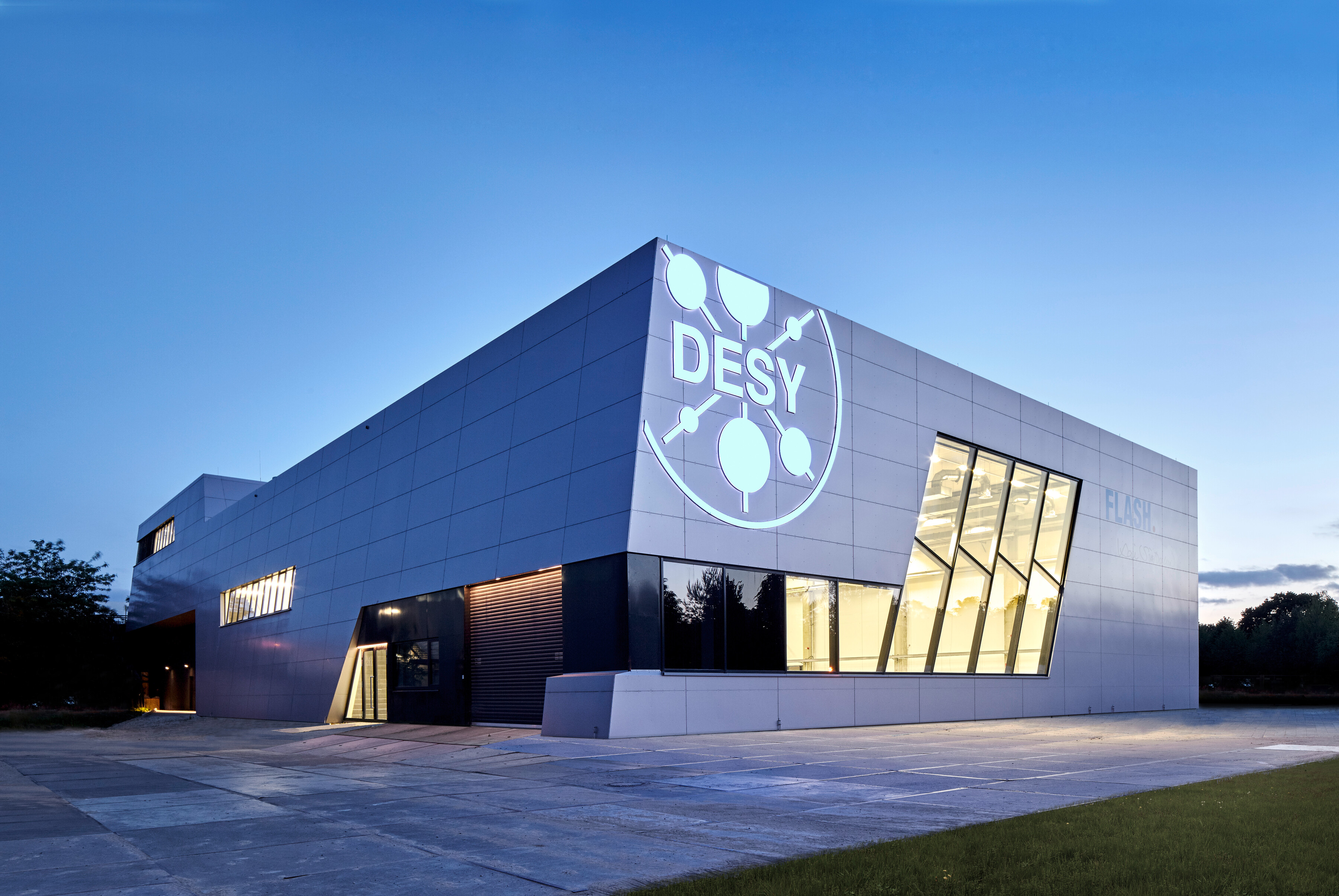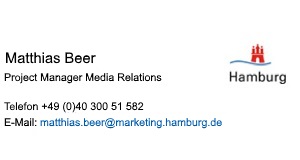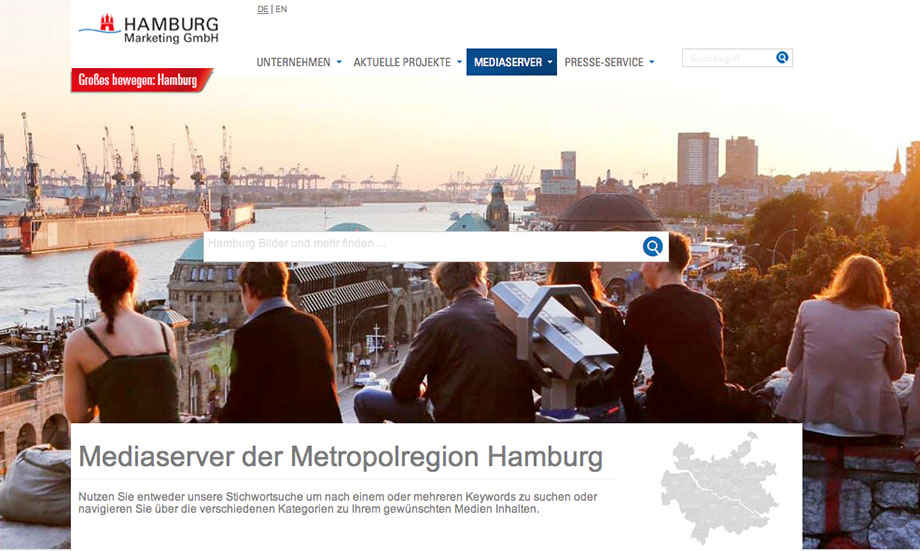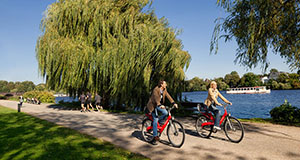Leeway For Experimenting

Cities have always been catalysts for economic development, and their ability to innovate is an essential factor here.
To this end, cities need space for experimentation as well as spheres where stakeholders from business and science can connect and collaborate. Around the globe, port cities are the ultimate drivers of innovation. Not only goods are handled here, but also fresh ideas. Ports are platforms for commodities and ideas that are subsequently translated into innovations. Hamburg has been a port city and trading centre for more than one thousand years. As a result, technology, productivity and research have continued to advance at a rapid pace, laying the foundations for modern-day Hamburg. Today, the majority of innovative ideas are produced locally, as Hamburg has an excellent science and research landscape with diverse pioneering locations where innovations are forged by creative ideas.
The districts of Harburg and Altona are especially relevant in this regard: Harburg, which is home to the Hamburg University of Technology, has long been regarded as a centre of innovation, while Altona is home to the emerging Science City in the Bahrenfeld quarter. In fact, Science City Hamburg Bahrenfeld is one of the city’s boldest infrastructure projects of the coming decades as it is aimed at integrating science, research and teaching, as well as business and urban development. With players such as DESY, the University of Hamburg and XFEL, the European X-ray laser research facility, as well as numerous other renowned scientific institutions, the Bahrenfeld research campus has developed into one of the world‘s leading locations in the field of structural research. What is more, the University of Hamburg intends to relocate major parts of its Natural Sciences Faculty to the Bahrenfeld campus.

In collaboration with Hamburg Invest, additional settlement opportunities are currently being created for research-intensive companies in particular. These will be located in the vicinity of DESY, and especially in the Altona Innovation Park. With DESY as the local anchor institute, the City of Hamburg, the Bahrenfeld research campus and XFEL are thus establishing an ecosystem that combines research, teaching and innovation in a unique way. Some of these projects are nearing completion soon: the DESY Innovation Factory will serve as a centre for startups, bridging research and new ideas in the areas of life sciences and new materials. To facilitate transfer between science and industry, experimental rooms, labs, workshops and offices will be created here. With two sites – one of them centrally located on the DESY campus and another one in the Innovation Park at Vorhornweg – it will accommodate entrepreneurial minds, collaborative projects, new enterprises as well as companies in various phases of growth. In the immediate vicinity, the Hamburg Senate is building a new startup centre that is due to be operational in 2022. The new tecHHub will provide urgently needed space for growing high-tech companies from the life sciences sector, with a focus on bio-technology and medical technology. While as much as 60 percent will be earmarked for lab spaces, there will also be enough space for office purposes and networking.




